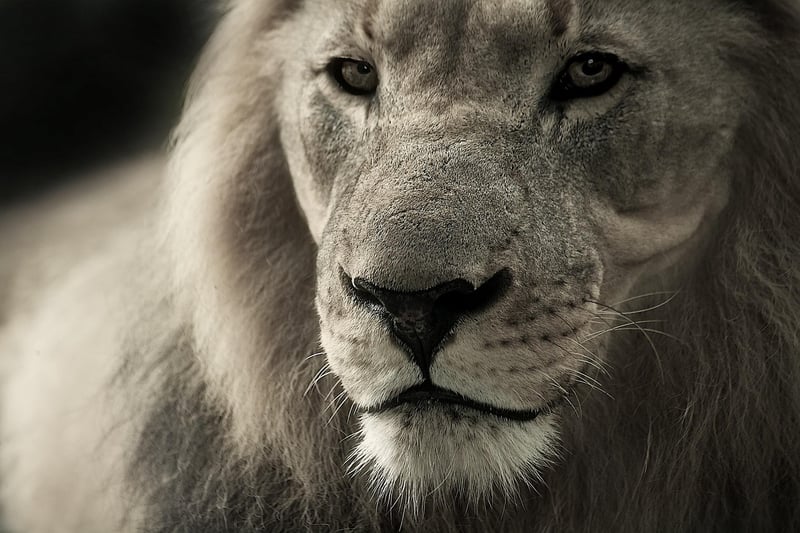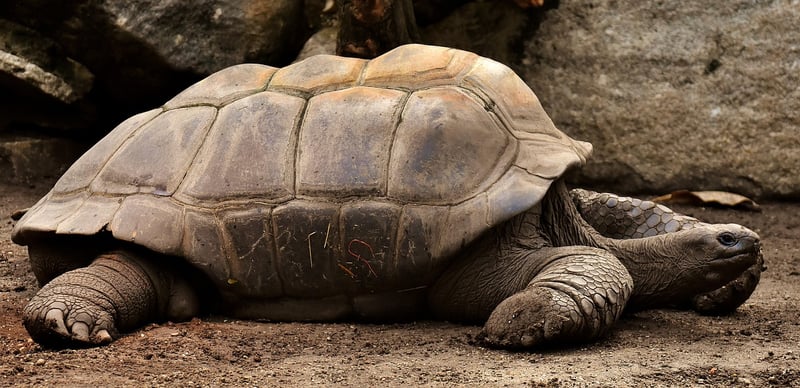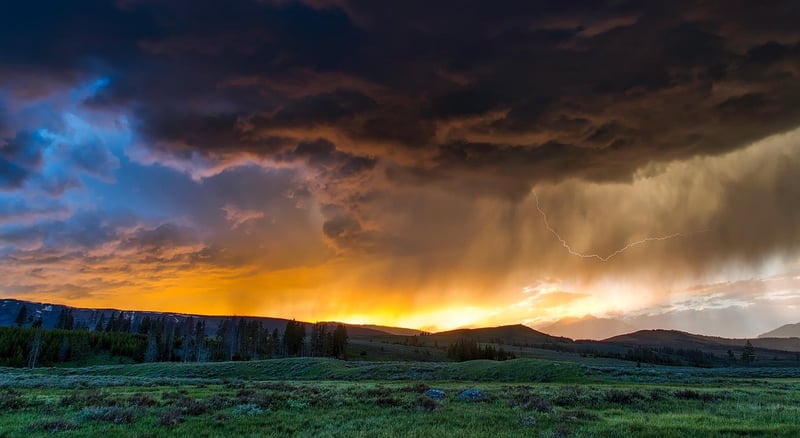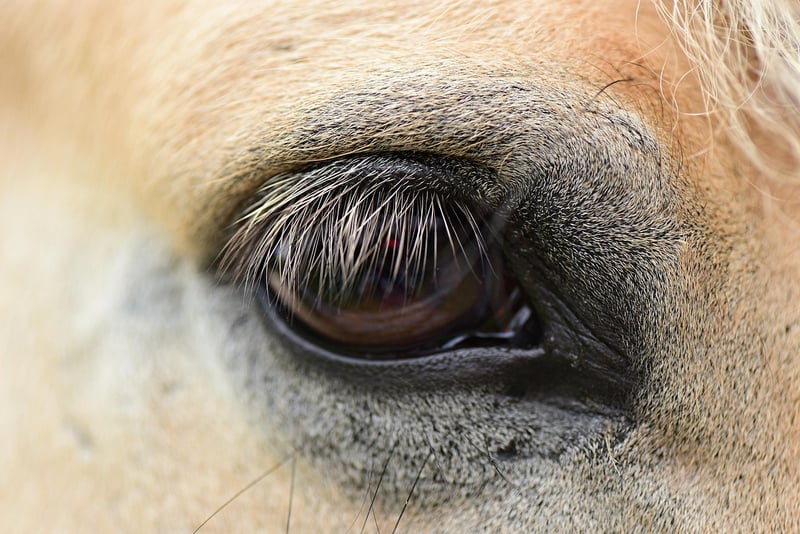Animal sightings
Exploring Wildlife: A Guide to Fauna and Animal Sightings
Welcome to our comprehensive guide to discovering the diverse fauna and experiencing thrilling animal sightings in the wild! Whether you are a nature enthusiast, wildlife photographer, or simply looking to connect with the natural world, this guide will provide you with essential information and tips to enhance your wildlife encounters.
1. Understanding Fauna
Fauna refers to the animal life present in a particular region or time. From majestic mammals to tiny insects, the world is teeming with a rich variety of fauna waiting to be explored. Understanding the behavior, habitat, and characteristics of different species is key to appreciating the wonders of wildlife.
2. Top Destinations for Animal Sightings
When it comes to observing wildlife in their natural habitat, certain destinations around the globe offer exceptional opportunities for animal sightings. Here are some top destinations renowned for their diverse fauna:
- Maasai Mara, Kenya: Witness the breathtaking migration of wildebeests and zebras in one of Africa's most iconic wildlife reserves.
- Galapagos Islands, Ecuador: Explore the unique biodiversity of the Galapagos Islands, home to marine iguanas, giant tortoises, and blue-footed boobies.
- Yellowstone National Park, USA: Encounter a variety of wildlife, including grizzly bears, wolves, bison, and elk, in the first national park in the world.
- The Amazon Rainforest, Brazil: Immerse yourself in the world's largest rainforest and discover an incredible array of species, from colorful macaws to elusive jaguars.
3. Tips for Successful Animal Sightings
To increase your chances of spotting wildlife during your adventures, consider the following tips:
- Research the Best Season: Different species may be more active or visible during specific seasons. Plan your visit accordingly.
- Join Guided Tours: Experienced guides can help you navigate wildlife hotspots and provide valuable insights into animal behavior.
- Be Patient and Quiet: Wildlife observation requires patience and a quiet presence. Avoid loud noises that could scare away animals.
- Respect Wildlife: Maintain a safe distance from animals, refrain from feeding them, and follow ethical guidelines for wildlife photography.
4. Capturing the Moment
For those interested in documenting their animal sightings through photography, be sure to pack your camera gear and practice your skills in advance. Capture the beauty of wildlife while respecting their natural environment.
Now that you are equipped with valuable information on fauna and animal sightings, embark on your wildlife journey with a sense of wonder and appreciation for the incredible creatures that share our planet.




Remember to always prioritize the well-being of wildlife and contribute to conservation efforts wherever you go. Happy exploring!
